印象广州
来源:本站原创 点击率: 发布: 2010-10-21
11月20日刚下飞机,一股寒风,飞机着落后滑行30分钟,哎。。。
广州经历着翻天覆地的变化╟ 一贯有名的广州车展,广交会和即将到来的亚运会, 给这座城市增添许多不同之处。
总的来说很不喜欢广州,因为那叫一个冷,另我最痛苦的就是不想再屋子里带着,比外面冷许多。不过那边小摊服务十分到位,街摊推着三轮车卖柚子的大婶、大叔不仅为您把柚子皮剥了,还规整的给您给切开。bus的英文翻译很有意思,下车请注意“please take care of yourself.”哈哈,搞笑。
看看俺拍的片子吧
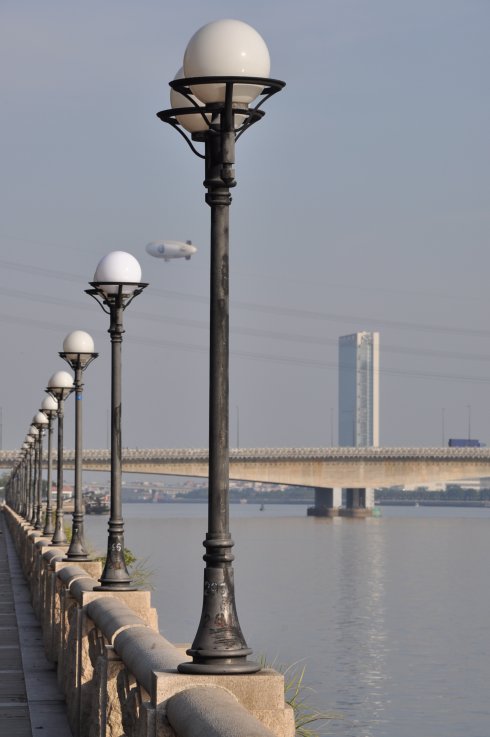
美丽的珠江新城,边上的珠江岸边
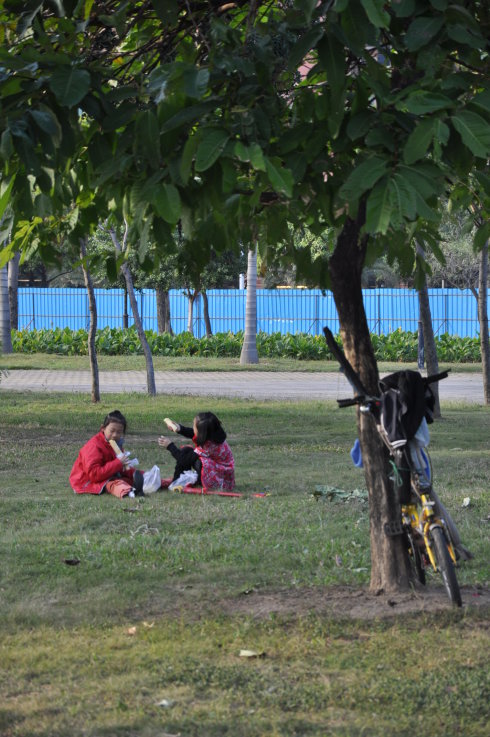
童年的乐趣,掉着牙,不过 gan
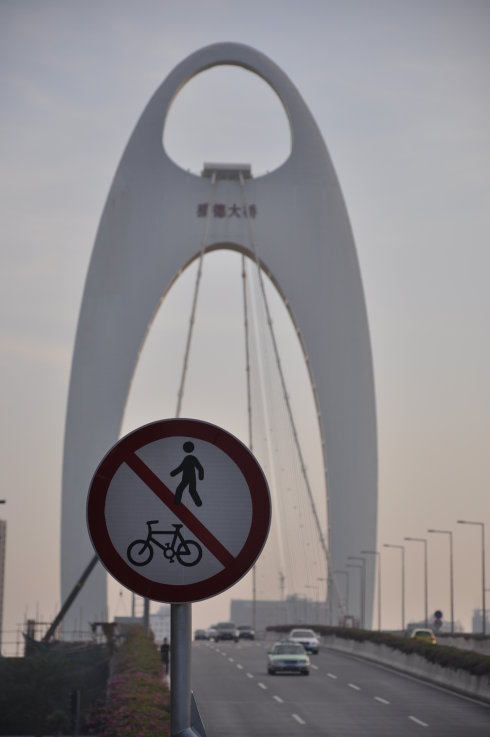
大气,i like

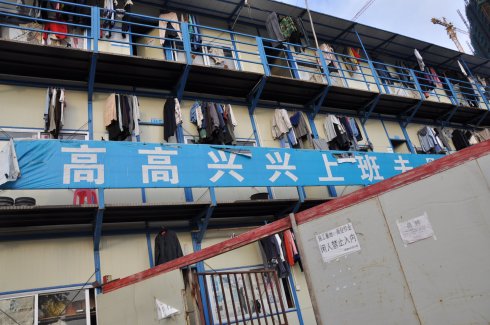
从珠江新城开始步行至广州火车东站,n多公里,没拿地图玩刺激来的。
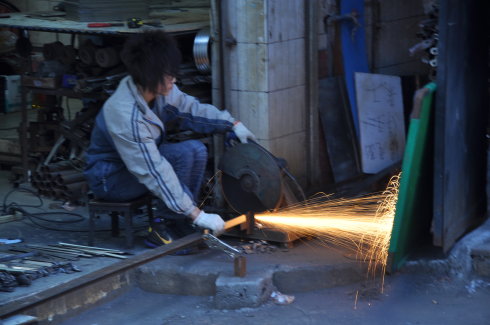
帅气
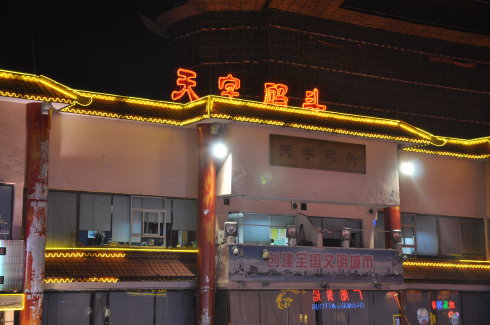
晚上夜游珠江,天字码头!!!美哦

漂亮不?风景还真不错。
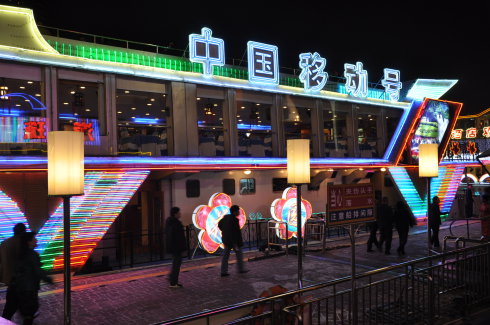
俺坐的游轮。。。
答案揭晓,我最最喜欢的就是早茶,那么英语怎么说,来看看权威介绍。
yum cha
yum cha is cantonese which means "drinking tea".
eating utensils
personal place setting of eating utensils for yum cha.
teabowl
methods of tea-tasting have undergone considerable changes since the tang dynasty and the use of covered teabowls is one development of note. the simple yet practical design of covered teabowls makes them an excellent utensil for tea-tasting. the fine painting on these bowls also enhances their aesthetic value. nowadays a small teacup is used instead in most dim sum restaurants more often than not.
chopsticks
chopsticks, a pair of small even-length tapered sticks, are the traditional eating utensils used to yum cha. chopsticks are commonly made of plastic in the chinese restaurants. held between the thumb and fingers of the working hand they are used as tongs to pick up portions of food or to sweep rice and small particles of food into the mouth from the bowl. dim sum dishes are served in small portions and therefore convenient for eating with chopsticks. many rules of etiquette govern the proper conduct of the chopsticks.
toothpicks
the use of toothpicks at a table is another typical practice. toothpicks are frequently used between courses, as it is believed that the aftertaste of one course should not be allowed to ruin one's enjoyment of the next course.
toothpicks have another major value in that they are ideal and socially acceptable to use picking up those meal items which often defy the best chopstick approach, such as slippery button mushrooms and jellyfish slices served with sesame oil.
dim sum
a woman serving dim sum from a cart in a cantonese restaurant in hong kong
main article: dim sum
dim sum is a varied range of small dishes (a concept similar to tapas) eaten for breakfast, brunchor afternoon tea, as part of the yum cha dining experience. dishes are usually steamed or fried and may be savoury or sweet. they include steamed buns such as char siu baau, assorted dumplings,siu mai, and rice noodle rolls, which contain a range of ingredients, including beef, chicken,pork, prawns and vegetarian options. typical desserts include egg tarts and sai mai lo (tapioca pudding). many dim sum restaurants also offer plates of steamed green vegetables, roasted meats,congee porridge, and soups.
dim sum can be cooked by steaming and frying, among other methods. the dim sum are usually small and normally served as three or four pieces in one dish. it is customary to order family style, sharing dishes among all members of the dining party. because of the small portions people can try a wide variety of food.
in the past, there were more places (at least in hong kong) with dim sum wheeled around on trolleys, but nowadays one is more likely to order from a menu. traditionally, the cost of the meal was calculated based on the number and size of dishes left on the patron's table at the end. in modern dim sum restaurants, dim sum servers mark orders by stamping a card on the table. servers in some restaurants even use different stamps so that sales statistics for each server can be recorded.
in the us and uk, the phrase "dim sum" is often mistakenly used in place of "yum cha". in fact, in cantonese, dim sum (點心) refers to the wide range of small dishes, whereas yum cha, or "drinking tea", refers to the entire dining experience.
customs and etiquette
rinsing dishes, cups and chopsticks
before eating, usually even before making any order, hong kong people rinse all utensils with hot water or hot tea. they then dispose of the water in a bowl on the table. some restaurants do not provide such a bowl and a waiter has to come to help.
pouring tea
it is customary to pour tea for others before filling one's own tea cup. it is most gracious to be the first to pour tea.
a tea-drinker tapping the table with her fingers to show gratitude to the member of the party who has filled her cup.
finger tapping after cup is filled
when tea drinkers tap the table with two (occasionally three) fingers of the same hand, it is an expression_r of gratitude to the member of the party who filled their cups. also known as fingerkowtow, this action of finger-tapping has historical significance.
the gesture recreates a tale of imperial obedience and can be traced to the qianlong emperor, aqing dynasty emperor who used to travel incognito. while visiting south china, he once went into a teahouse with his companions. in order to maintain his anonymity, he took his turn at pouring tea. his stunned companions wanted to kowtow for the great honour. instead of allowing them to disclose his identity, the emperor told them to tap three fingers on the table. one finger represented their bowed head and the other two represented their prostrate arms.
(see also: just-so story)
teapot lids should be left open or ajar to signal for refills.

夏令营精彩线路
夏令营常识更多>>
酷学酷玩夏令营热报线路更多>>
最新动态更多>>
选好英语老师很重要
作为孩子的英语启蒙老师,几乎每一位爸爸妈妈都会慎之又慎,力求选择一位口语地道… [详细]
英语学习要把握技巧
孩子都有着强烈的好奇心,所以在教学的时候也要注意,学习单词的时候可以编成情景… [详细]
新东方酷学酷玩让英语学习更轻松
在传统的少儿英语学习教学中,孩子们接触的媒体比较单一,形式缺乏多样化。通常根… [详细]
常见问题更多>>
暑假学生背单词朗文技巧解烦恼
新东方酷学酷玩是一家英语培训教育机构,有着多年的英语教学经验,在英语知识体系… [详细]
新东方为孩子打造优质的英语课堂
家长对孩子的教育逐渐的重视,大部分的家长都会在学习之余为孩子报名参加一些培训… [详细]
青少年英语学习如何取得课程高分
随着期末考试的到来,越来越多的孩子投入到各个学科的复习之中,其中英语作为一项… [详细]





